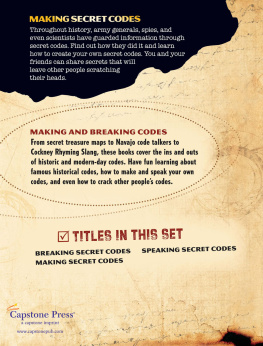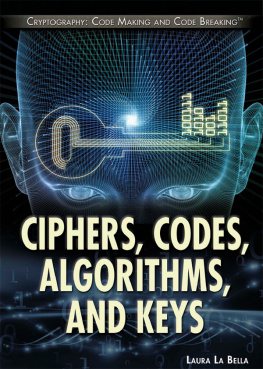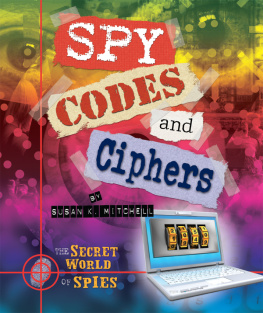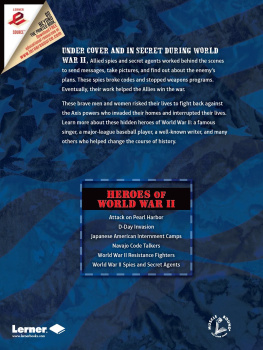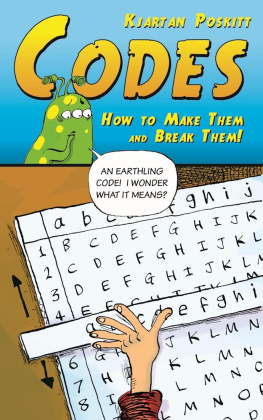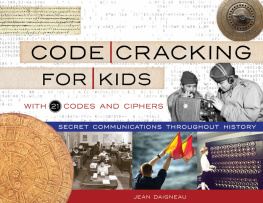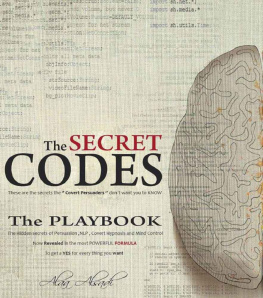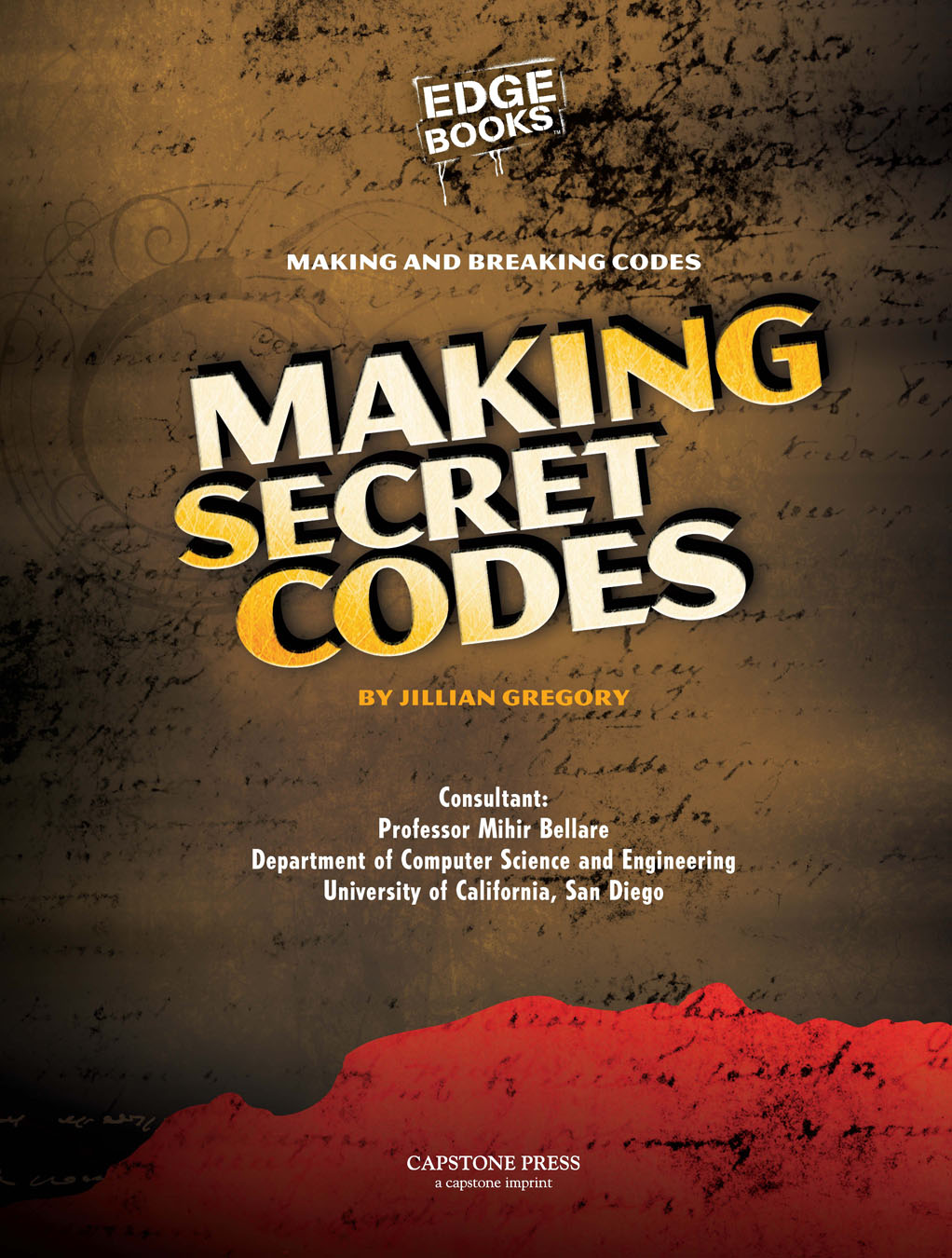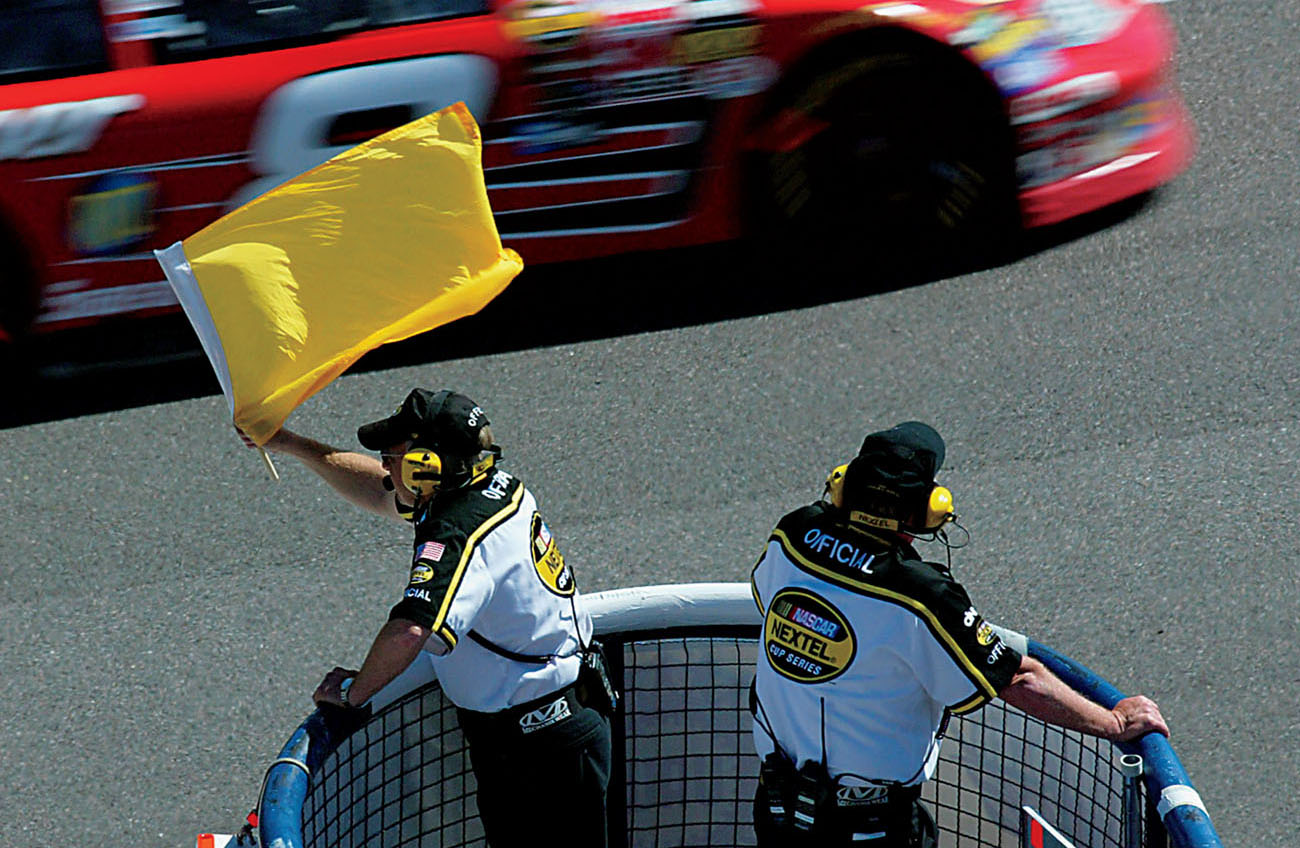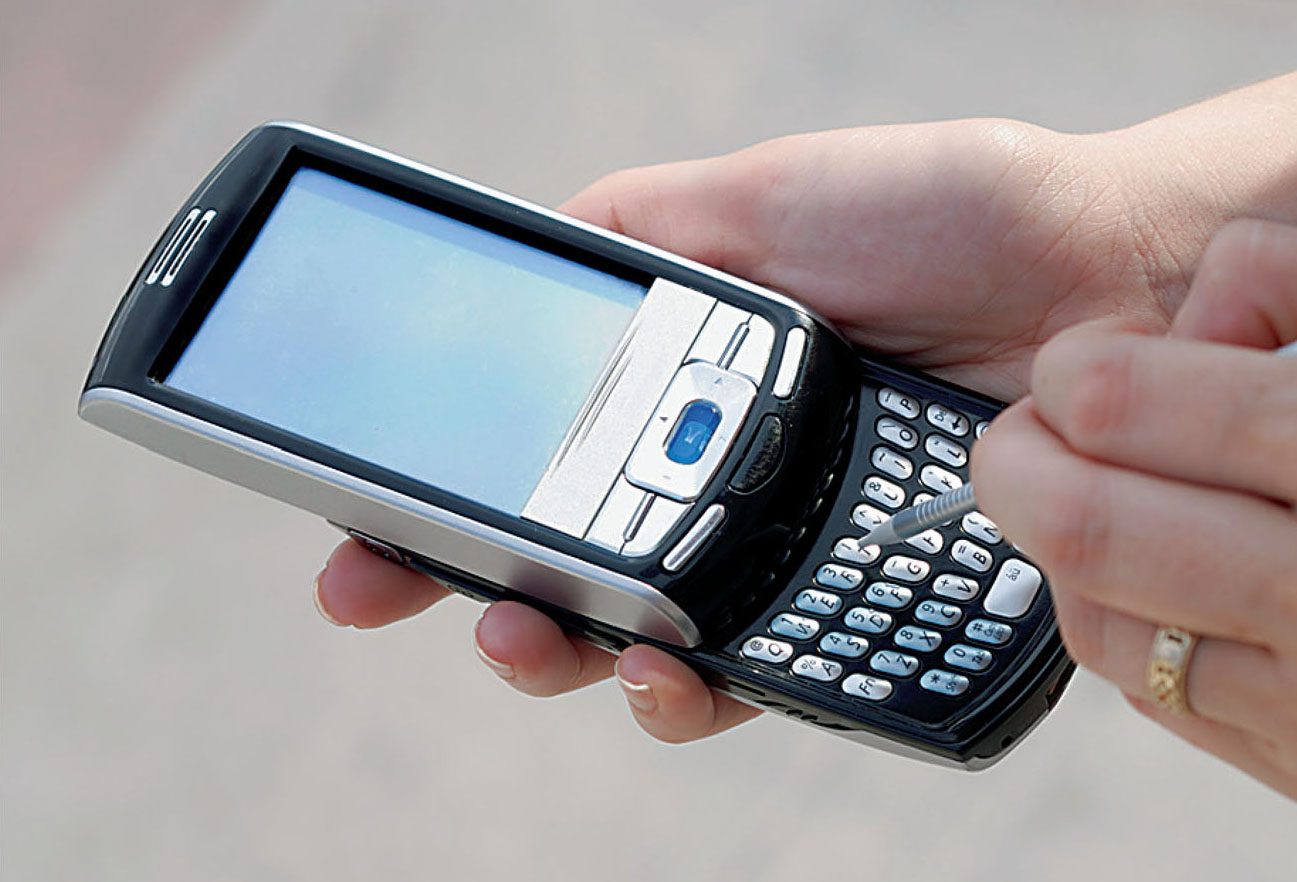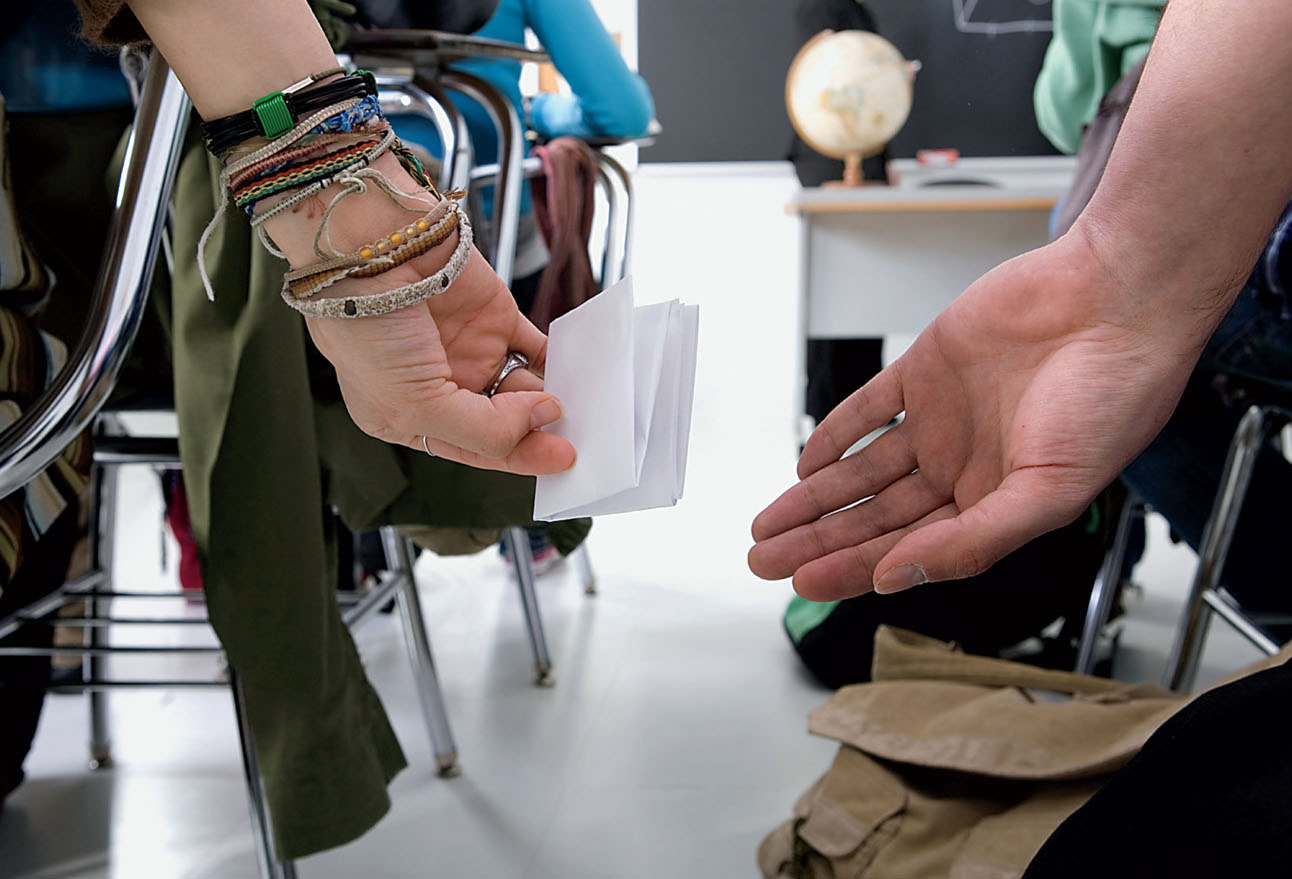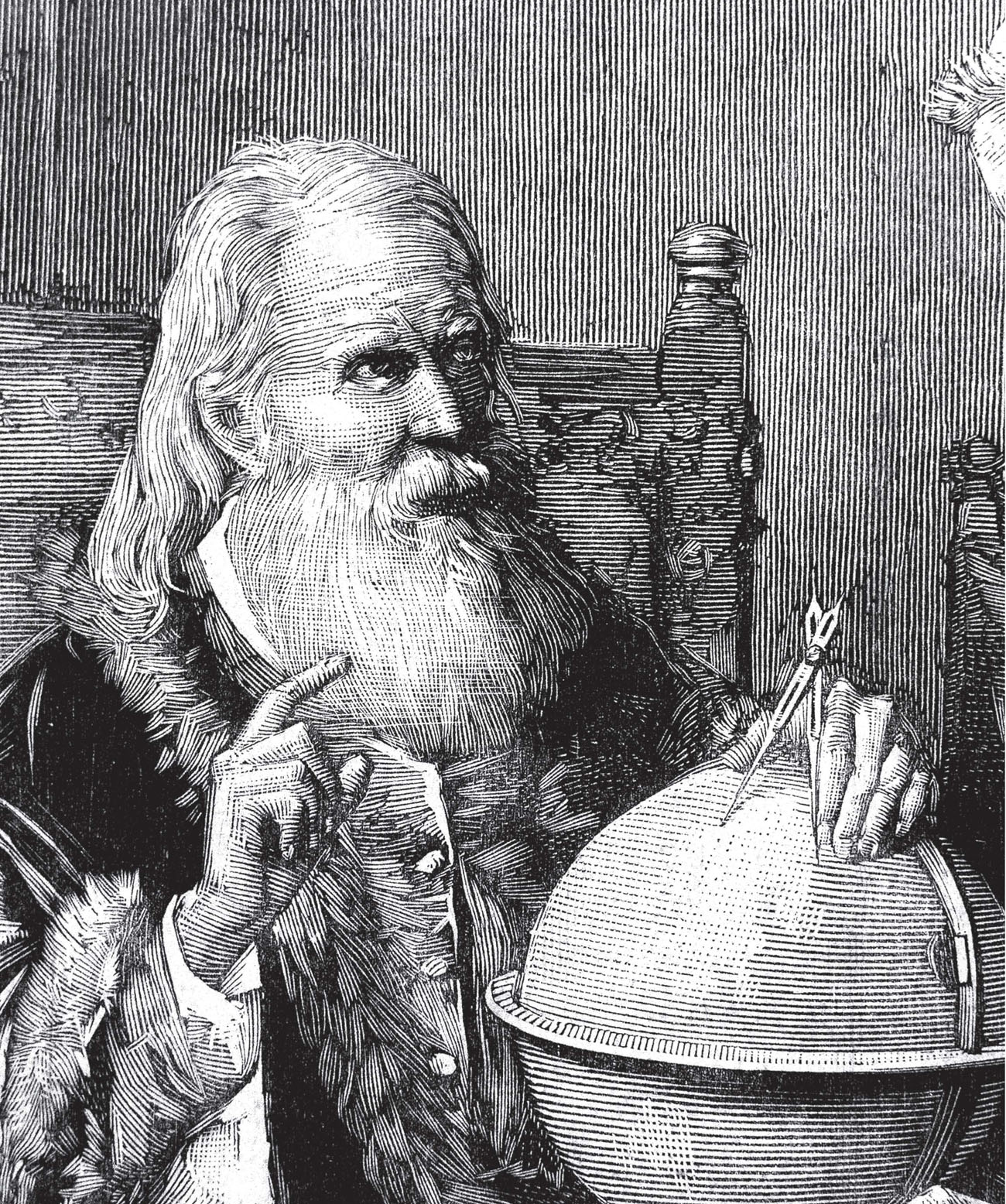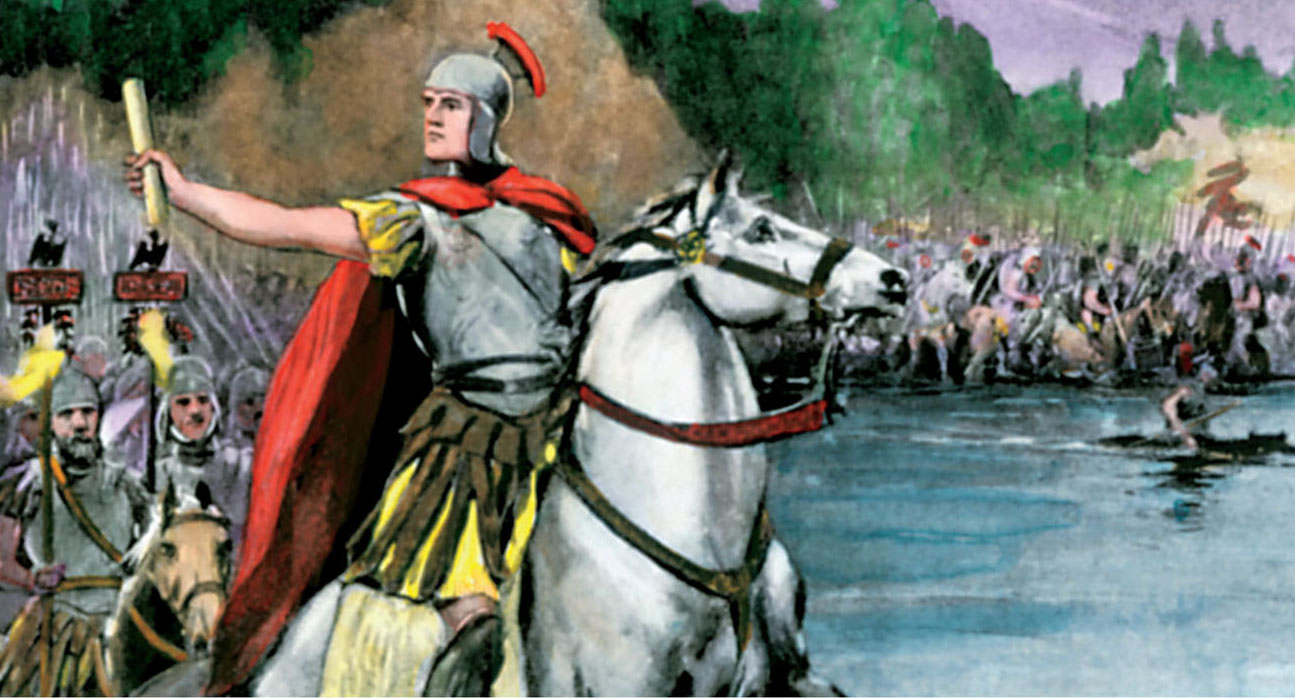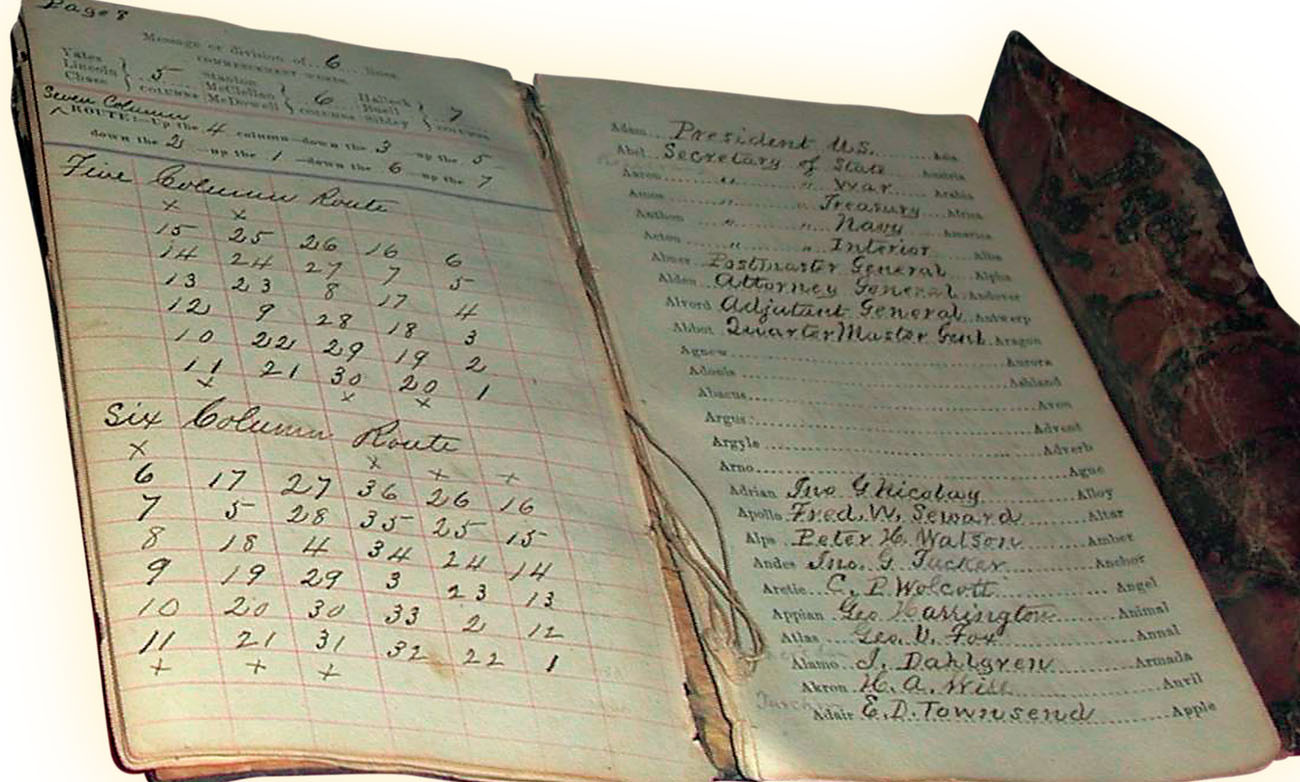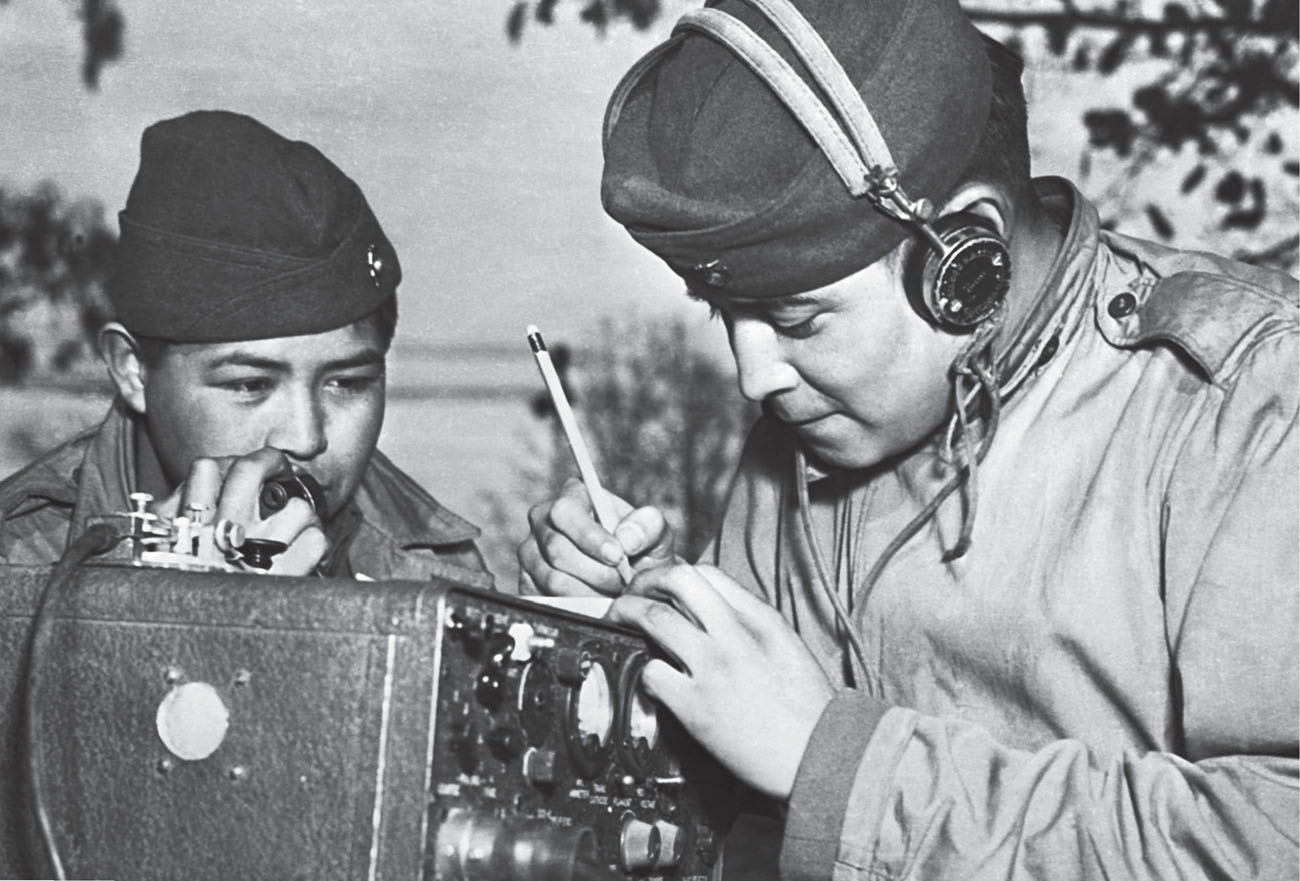Have you ever seen a stock car race? The race cars speed around a track at dangerously high speeds. Stock car officials use a code of different colored flags to communicate with drivers on the track. A yellow flag means caution. A white flag means there is one more lap left in the race.
Yellow flags are waved when there is an accident on the track.
You may not be a stock car driver, but you also use codes every day. You use an area code when you make a long-distance phone call. You use a zip code when you write a mailing address. Some people use a shorthand code when they text.
TTYL is shorthand for Talk to you later.
These codes are meant to make communication easier. But what if you only want certain people to know what youre trying to communicate? You can use to write messages in a secret code. Read on for some code-making tips and tricks.
CODE FACT
Even the grades your teachers give you are a type of code. Different letters tell how well youre doing in your classes.
CHAPTER 1
BREAKING DOWN CRYPTOGRAPHY
Cryptography is all about codes. Codes mask messages so that only the people who understand the code can read the message.
A secret message is by changing plain text into coded text. The code maker uses a specific process known as the key. The key tells you how to change the code to plain text.
Some codes replace words or letters with different words or letters. Numbers or symbols could also represent letters or words in a code. A codebook can be used as a key to this type of code. But when you use a codebook, all the information needed to your message is in one place. If someone finds your codebook, the secret is out! He or she can easily crack your code.
A more complex key could refer to a system or method for decoding a message. The more complex the method is, the more difficult your code will be to crack.
Sometimes a message is encoded by scrambling up the letters of the plain text. The key is to unscramble them in the proper way. These methods range from simple to incredibly complex.
Write your messages in secret code to keep your notes private.
CODE METHODS
Most codes are created using one of two main methods. These techniques are .
CODE FACT
In the 1600s, astronomers Johannes Kepler and Galileo used to record their scientific discoveries. The anagrams disguised the scientists work until it was published. This stopped other scientists from stealing the information.
What do the words ant, tan, and nat have in common? They are the same three letters written in a different order. This group of words is an example of an anagram. An anagram is an example of a letter transposition code.
Using anagrams, you can rearrange the letters in your message. Mix up the letters in each word, or rearrange the entire sentence. Unscrambling an entire sentence is more difficult than unscrambling one word.
The following three anagrams represent the same sentence. The first line is the most difficult to crack. The second and third lines get easier.
Et nc awiry uotees c r sages me s.
Yu oanc wit re teecrs mags sees.
Oyu anc tewir creets gemessas.
CHAPTER 2
CODES THROUGHOUT HISTORY
Codes have shaped world history in more ways than you could probably imagine. Scientists used codes to protect information. Military leaders have used codes during times of war. These codes were transmitted through writing, the telegraph, or radio.
CAESAR SHIFT CODE
In ancient Rome, Julius Caesar used a shift code to communicate with his generals. Each letter was shifted a set number to the right in the alphabet. This number was called the key number. Caesars generals needed to know the key number to decode the secret message.
Roman soldiers carried Caesars secret messages to his generals during times of war.
If the key number was four, the letter A would be written as E. The letter Z would be written as D. Unfortunately, the code was very simple to crack. It only took 25 guesses to decodeone for every letter of the alphabet that wasnt plain text.
Create your own Caesar shift code using 13 as the key number. Write out the alphabet in one line. Then write the alphabet again underneath the first line, but shift the letters 13 places. So A would be N. When you get to the letter Z, go back to A. Now decode the message below using your Caesar shift code.
V yvxr lbhe arj onpxcnpx.
UNOIN ROUTE CODE
Codes were also used during the Civil War (1861-1865). Union forces used a word transposition code called the Union Route code to send messages. These messages were sent using a telegraph. But this type of code is also fairly simple to crack. Once someone figured out the most common words, they could easily decode the message. To increase security, the code pattern and code words were changed 10 times during the Civil War. Only the code telegraph operators had access to these patterns and words.
The message was encoded and written in a grid of seven rows and five columns. The message was read up the first column and down the second. Then the reader would read up the fifth column, down the fourth, and then up the third.
Reading messages out of order makes codes harder to crack. Combine this trick with your Caesar shift code. To decode the message below, read it in the order you would read the Union Route code. Use your Caesar shift code to substitute letters.
NAVJO CODE TALKERS
During World War II (19391945), the United States and Japan fought on different sides. Both countries tried to create secret codes. The U.S. military recruited American Indians from the Navajo tribe to create a secret code. The code used the Navajo language to send secret messages. The American Indian servicemen who used this code were called Navajo code talkers.
Navajo code talkers sent their messages over radios.
The Navajo code consisted of 274 military words that had English code words. A Navajo code word was created for each English code word. Uncommon words were spelled out using Navajo language code words that represented letters. This code was so hard to crack, the Japanese never broke it throughout the war.

